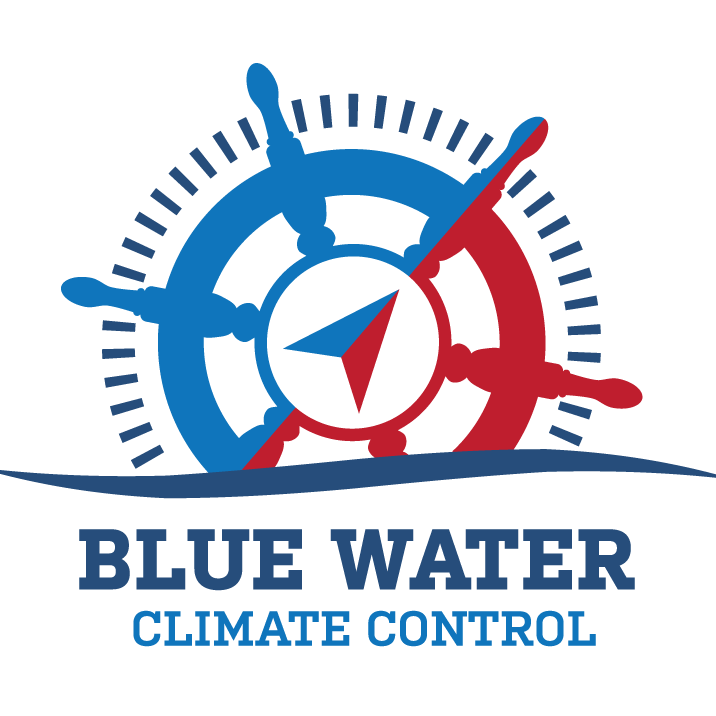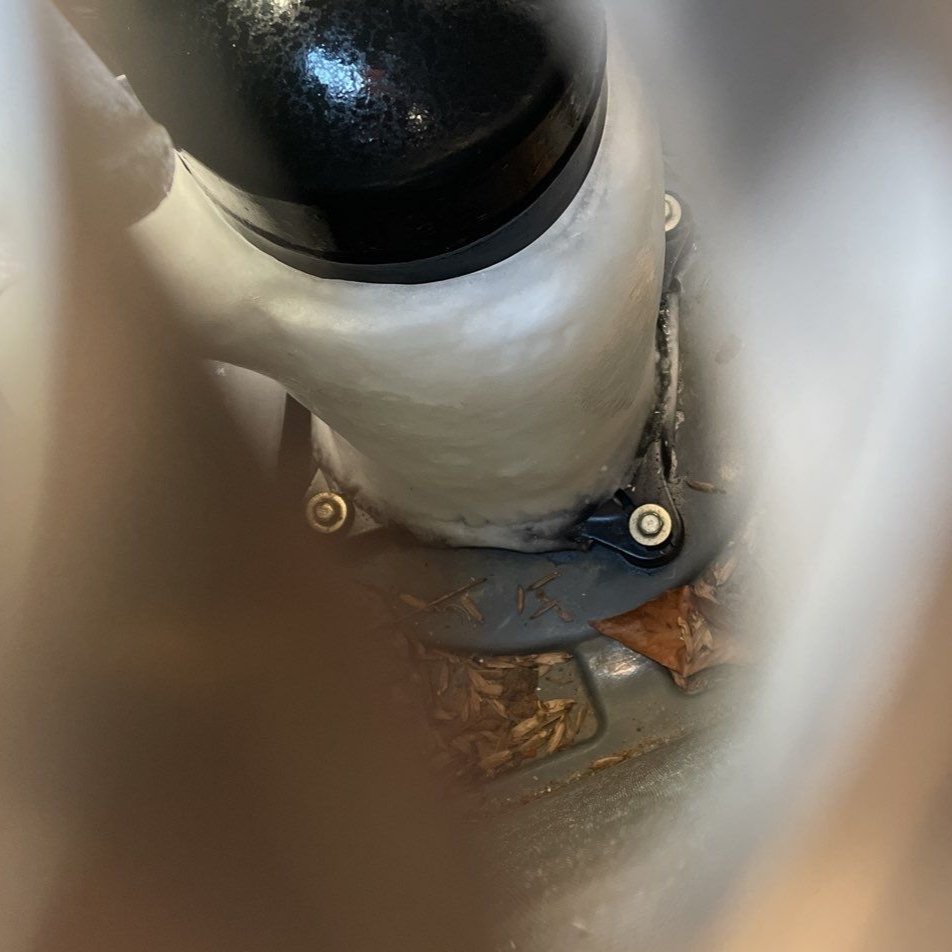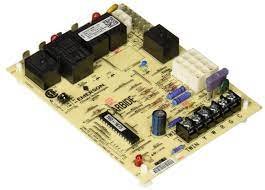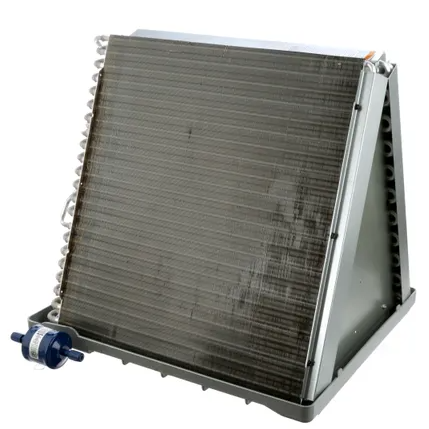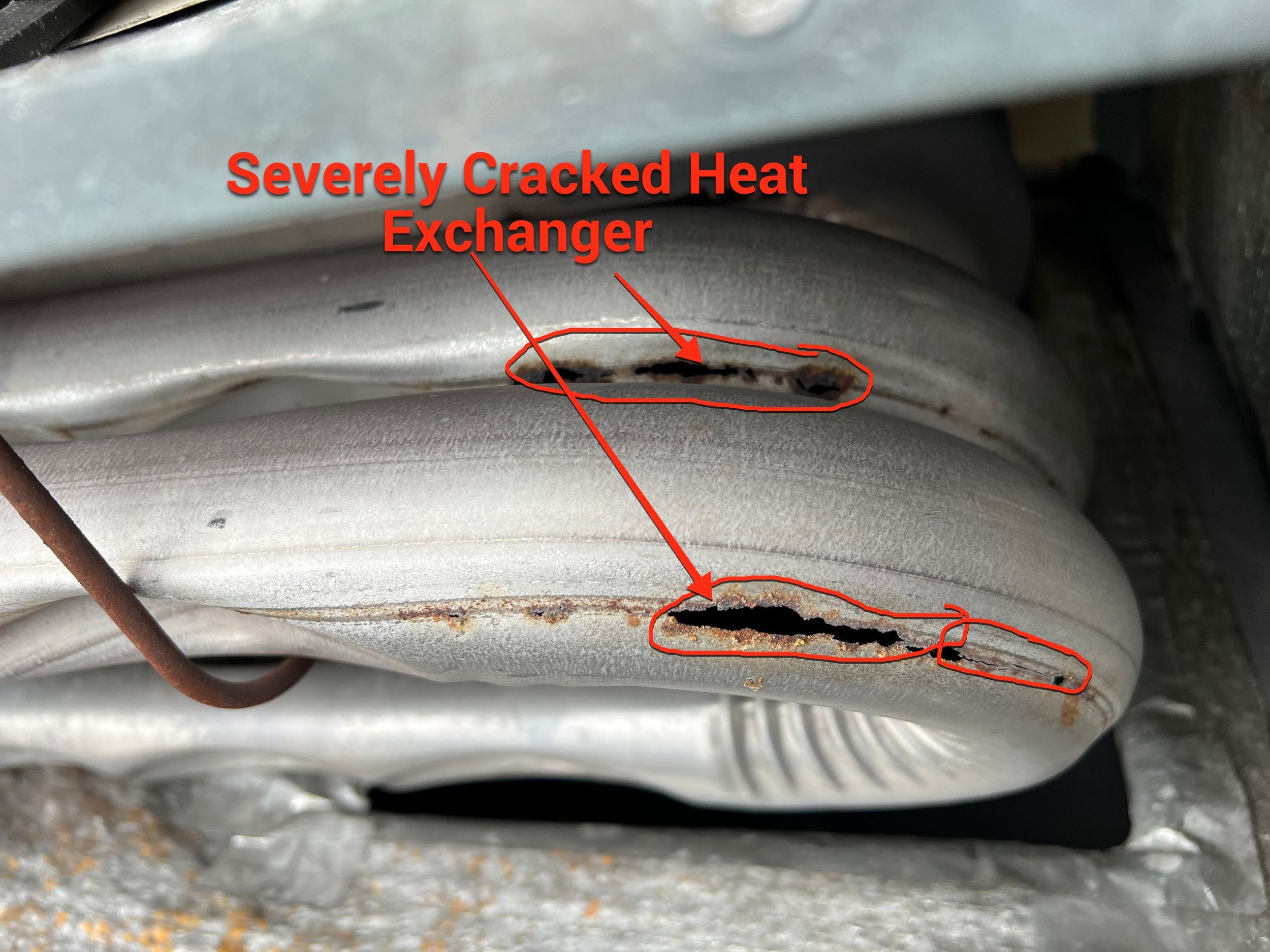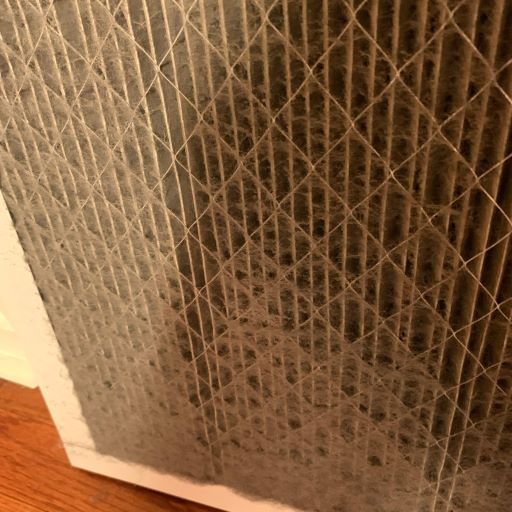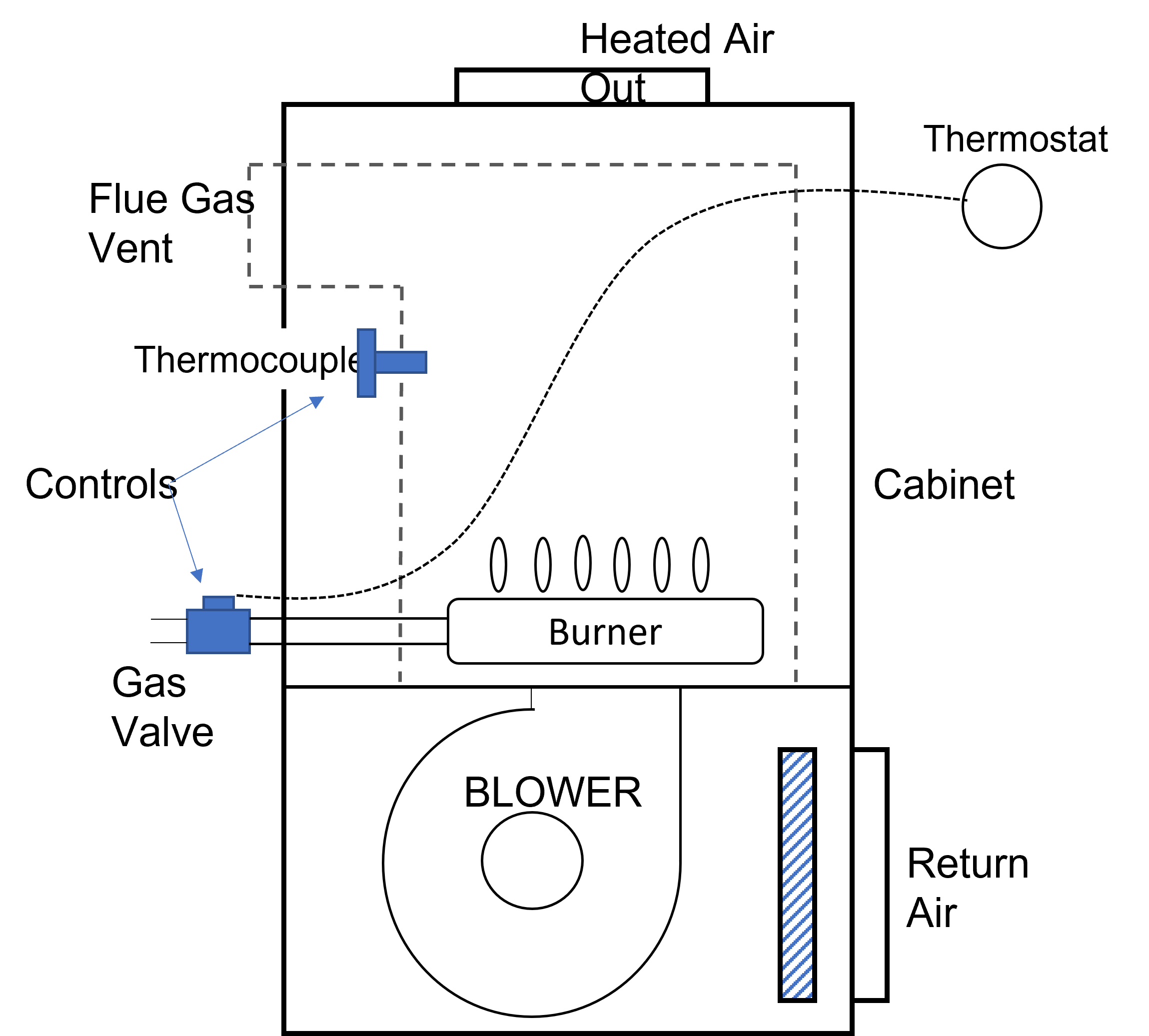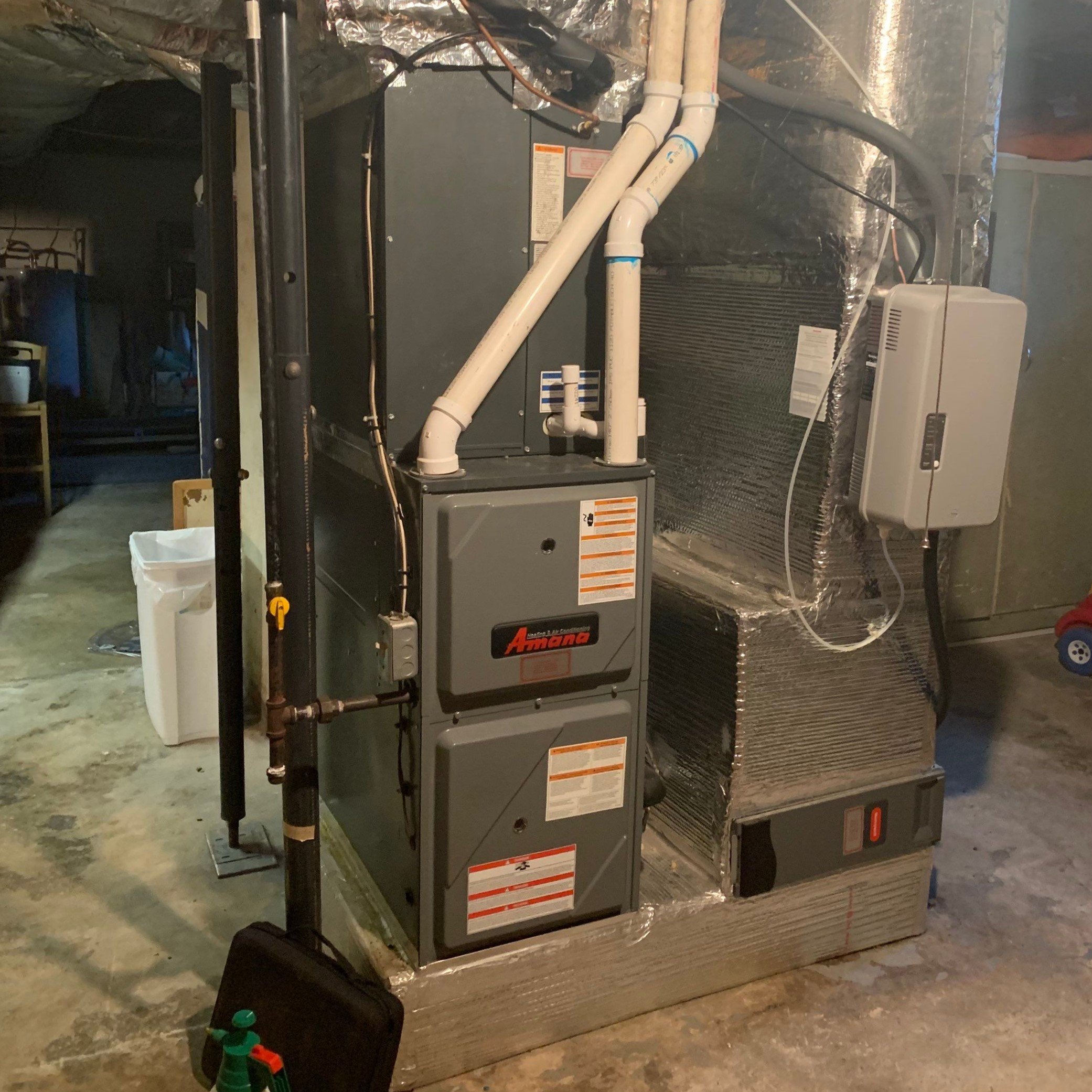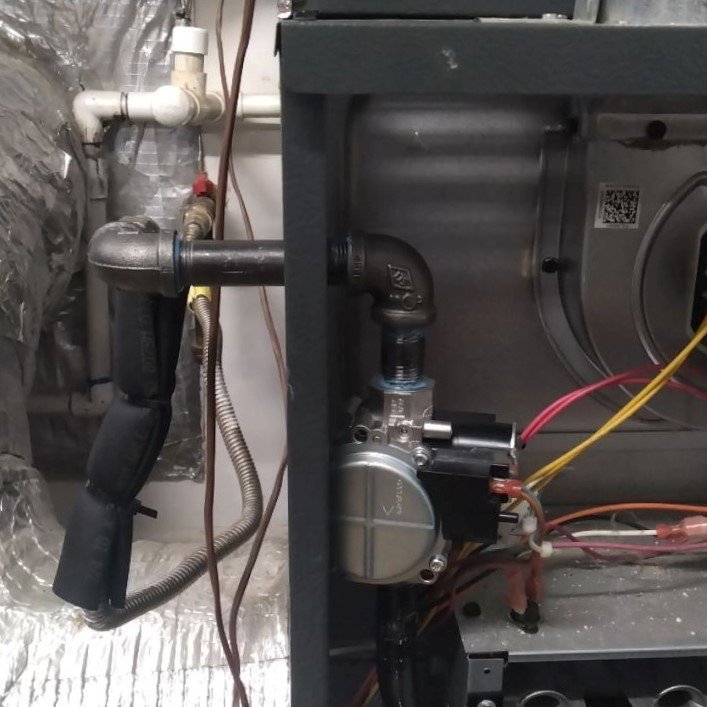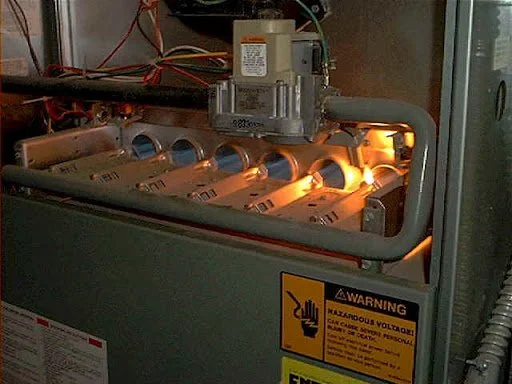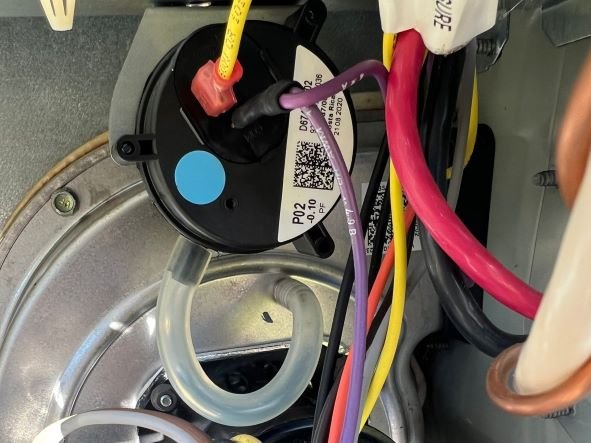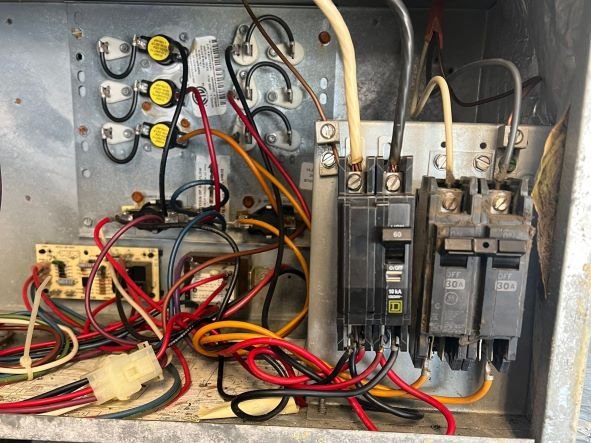Why is My AC Freezing Up?
A freezing air conditioner is a common but significant problem that requires attention. Various factors can contribute to this issue, including a dirty air filter, mechanical problems like a faulty blower fan, low refrigerant levels, and even external factors like outside temperature. Understanding these causes is essential for homeowners to prevent and address the freezing of their AC units effectively.
The Difference Between Digital and Analog HVAC Gauges
A powerful product designed to be easy to use for both techs and consumers alike, refrigeration gauges – also known as manifold gauges – function as diagnosis and service devices. If you scroll through the pages on an automotive or HVAC supply website, you’ll find countless products in stock claiming to make your job easier. These tools come in two main forms – analog and digital.
How Much Does It Cost to Replace a Furnace Control Board?
Replacing a furnace control board is an essential aspect of maintaining the efficiency and safety of your home's heating system. Key points include understanding the function and significance of the control board, recognizing the signs of a faulty board, and being aware of the different types of control boards available, each affecting the cost differently.
Save Money with Air Conditioner Coil Cleaning
You need to make sure that you have clean condenser and evaporator coils in your air conditioning system. If your condenser coils are dirty, it can affect the performance of your system, cause premature failure, and cost you more money. Even if you change your air filter regularly, your indoor coil still requires regular cleaning. Air filters are not 100% efficient. However, because of the air filter, evaporator coil cleaning can usually be less frequent than condenser coil cleaning.
Why Does Your Air Conditioner Need Refrigerant?
Refrigerant is a manufactured chemical compound that is inside all air conditioners. It is what is responsible for the cool air inside your home. Sometimes however your AC may not be working as well as it should, and you will need to have your refrigerant levels adjusted.
HVAC Diagnostic Fee: The Dreaded Trip Charge aka Service Call
An HVAC trip charge, often referred to as a service call fee, is a standard fee that an HVAC service company charges when they send a technician to your location, whether it's your home or business. This fee is separate from any repair or maintenance work performed and is generally designed to cover the technician's travel expenses, time, and expertise in diagnosing and assessing the HVAC system.
How Does a Gas Furnace Work
At the heart of a gas furnace lies a complex yet efficient mechanism designed to transform natural gas into a steady stream of cozy warmth. The process begins with the ignition of the gas in the burner assembly, releasing heat that is then absorbed by the heat exchanger.
Ensuring Warmth with Peace of Mind: The Importance of a Gas Furnace Safety Inspection
As we delve into the world of gas furnace safety, our goal is to equip you with the knowledge to make informed decisions about the maintenance and care of your home's heating system. After all, a warm and secure home is not just a luxury—it's a necessity, and ensuring the safety of your gas furnace is the first step toward achieving that comfort with confidence.
Navigating the Cost of AC Replacement
We embark on a journey to demystify the intricacies of AC replacement costs. Our aim is to provide you with a comprehensive understanding of the elements influencing the price, empowering you to make well-informed decisions regarding your home's comfort.
Stay Comfortable: A DIY Guide to HVAC Symptom Self-Check
We'll empower you with the knowledge to perform a DIY HVAC symptom self-check. From unusual noises to inconsistent temperature control, we'll guide you through common symptoms that might indicate a problem with your HVAC system. By taking a proactive approach to identifying issues early on, you can potentially save time and money while ensuring your home remains a haven of comfort throughout the year.
Gas Furnace Efficiency Ratings
Most furnace manufacturers offer two types of furnaces: Mid-efficiency Category I fan assist, High-efficiency Category IV condensing-type furnace. The minimum energy efficiency for mid-efficiency furnaces is 80 percent annual fuel utilization efficiency (AFUE). 80 percent furnaces have a flue gas temperature at least 140F above the dew point of the flue gas.
High-efficiency gas furnace
This article wraps up our information on furnace efficiency ratings and categories. This should give homeowners a better understanding of their heating system. You have insight into the limitations that are placed on installation, furnace location, vent piping, condensate drains, and integration with your cooling system.
Gas Furnace Troubleshooting
Gas furnaces are safe appliances and are highly recommended in nearly every home. However, poor repair or maintenance practices can very easily remove the safety margin designed into every furnace. Your furnace has several safety features that shut down the furnace when a problem occurs. This includes: Limit switch, Temperature sensors, Pressure sensors, Flame roll-out, Door safety, Flame sensor.
Furnace Gas Valve
Gas valve prices vary by manufacturer and type. Basic single-stage gas valves cost between $100-250. Two-stage and modulating gas valves cost significantly more. Gas valve pressure should be tested following a furnace gas valve replacement. You can expect to pay $150-250 in labor costs.
Gas Furnace Ignition Systems
Furnace ignition methods have drastically changed over the years. The need for safety and reliability has driven those changes. Furnaces manufactured today no longer have pilot lights. They are so obsolete that you rarely see one in the field. Here we'll go through several ignition methods starting with a pilot light and ending with an electronic ignition system.
Gas Furnace Limit Switch
Understanding and maintaining the various safety switches in a gas furnace is crucial for both equipment functionality and the safety of homeowners. Malfunctions in limit switches can lead to furnace shutdowns, overheating, inadequate removal of flue gases, and potential fire hazards.
Heating Equipment Certification
All types of heating systems have to be tested, certified, or listed by accredited testing agencies such as AHRI, CSA International or Underwriters Laboratories, Inc. (UL). Gas heating systems and air conditioning must meet standards set by a large number of governmental and independent agencies.
Heat Pump Defrost
Understanding your heat pump's defrost mode may prevent unneeded trouble calls and the cost associated with it. Ice buildup with negatively affect your heat pump's efficiency. Taking the necessary steps to ensure your heat pump is functioning properly will reduce your energy usage.
Electric heat
The growth of electric heating began in the 1950s and first became popular in areas not served by natural gas pipelines. Throughout this same period, the electrical demand for air conditioning during the summer months was increasing. To help boost the winter demand, electric utilities and heating manufacturers began to encourage the use of electric heating.
Gas Furnaces
Understanding the key aspects of natural gas furnaces is crucial for making informed decisions about heating systems in homes and buildings. Gas furnaces are widely used due to their efficiency, reliability, and cost-effectiveness.
